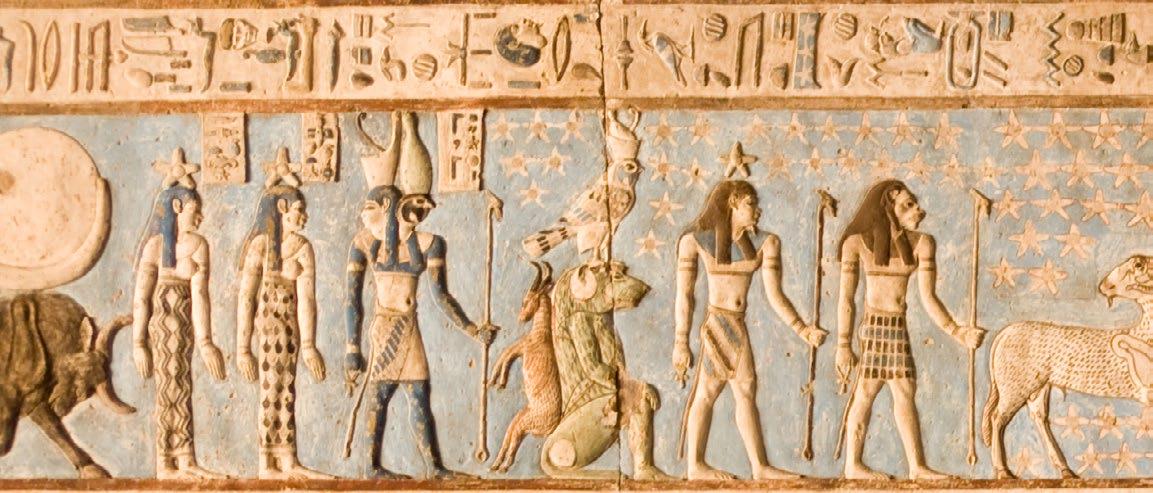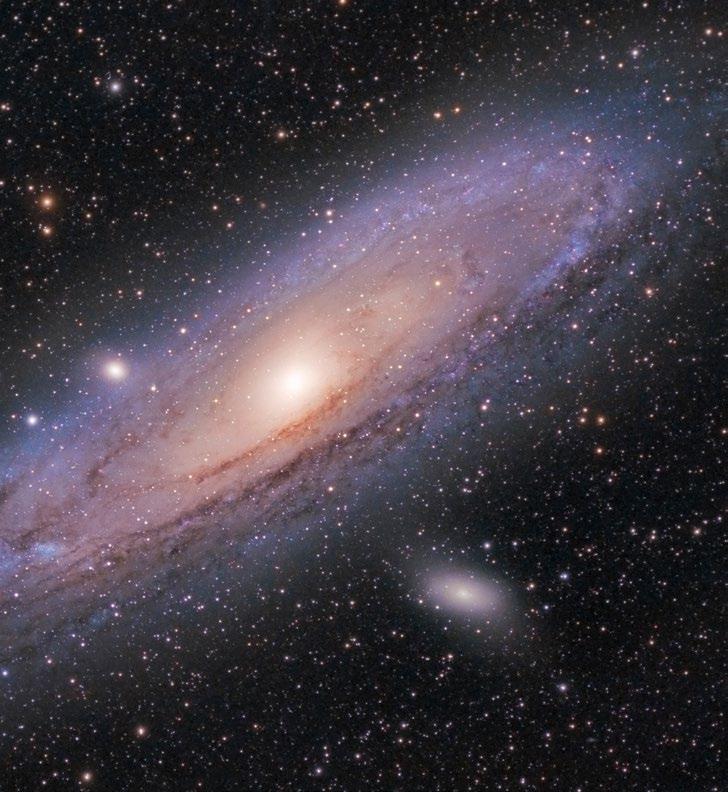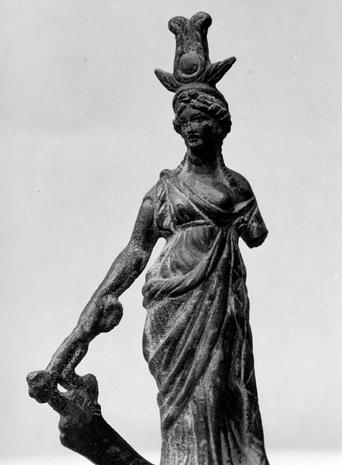
4 minute read
Social Sciences
Towards understanding the Ancient Egyptian celestial diagram
Yossra Ibrahim
Advertisement
Housing several astronomical phenomena, the night sky is one of the integral elements of nature that inspired the ancient Egyptian civilisation. The science of astronomy in ancient Egypt is known as early as the predynastic period (c. 5300-3000 BCE); perhaps its earliest uses are formulating calendars and the 24-hour system. In addition, this science motivated time keeping and calendars, and was central to certain religious and funerary concepts. The conceptualisation of a celestial afterlife and the event of the deceased king joining the imperishable stars can be thematized in a number of funerary texts; such as The Pyramid Texts and The Coffin Texts. A number of funerary decorations depict this celestial imagery hereinafter.
These scenes depicting celestial bodies and various elements of astronomy are considered a unique source of information concerning the ancient Egyptian society, culture, funerary beliefs, perception of astronomy and the heavenly bodies. These documentary scenes are usually referred to as “The Celestial Diagram”, a term denoting a set of decorative illustrations. Perhaps the earliest known celestial decorations are known from the Middle Kingdom decan tables depicted on the inside of some coffin lids. This decorative tradition continued on to later periods and produced elaborate celestial diagrams. These celestial diagrams can be found depicted on tomb and temple ceilings, sarcophagi lids, and water clocks dating from the Middle Kingdom to Roman times (ca. 2000BC to 3rd c. AD). These decorations elaborately portray a cohesive picture of the night sky and are the key to understanding how the ancient Egyptians perceived astronomical knowledge.
Despite the variability of these sources, astronomy remains poorly depicted in ancient Egypt and is greatly missing in scholarly research. These primary sources we have at hand are the key to a great amount of evidence regarding the perception of stellar afterlife, reception of astronomy, integration of ideologies and cultures, and the observation of celestial phenomena. Although, these celestial diagrams are one of the expressive ways the ancient Egyptians rationalised astronomical concepts, research on this topic remains scarce and more scholarship needs to realise the cultural value of astronomy and provide new interpretations. Consequently, the main aim of this research is to recognise the ancient Egyptian perception of astronomy and conceptualisation of a stellar afterlife by offering an extensive and detailed study of astronomical representations dating from the New Kingdom up to the Graeco-Roman period (c. 332-642

BC). Thus, the objective is to assess the different versions of the celestial diagram, inspect the influence of certain religious/ political ideas, and evaluate the way these celestial representations changed or developed over time (c. 1550-642 BC). This work hopes to highlight the novel concepts embodied in the celestial diagrams during different time periods. The materials under study will be keenly contextualised and assessed in the hope of offering a comprehensive and detailed understanding of the celestial diagrams.
While several publications are key to understanding the function and roles of decans, providing us with a description of the inscribed elements on the celestial diagrams, these publications have mostly focused on cataloguing monuments and diagrams. To date few publications have examined embodied concepts, the function of these diagrams in funerary decorations, and why and when new elements are integrated in the celestial diagrams of different periods. Following a comparative approach to study the celestial diagrams, highlighting tradition and innovation in the set of depicted elements of each time period is the aim of current scholarship. This in the hope of finding out how stellar conceptualisation changed and in what way; in addition to figuring out what novel elements were included.
Most of the former effort focused on studying one diagram at a time and the objective was to describe the figures depicted on the diagrams but not to contextualize these findings or construct a broad interpretation that elevates our understanding of this niche. However, a comparative study aiming at a keen analytical understanding and effort to contextualise this niche among the other areas of Egyptological studies is largely missing. It is the hope of this dissertation to study the diagrams from different periods and acknowledge the influence of the Graeco-Roman culture (c.332-642 BC) on the celestial diagrams, as well as to identify the expressed astronomical knowledge and stellar perceptions lying within. This study hopes to expand the corpus of scholarly research on this topic, shed light on this niche and provide new interpretations.
It is the hope of this research to revisit a topic that has fallen out of favour, providing new insights and interpretations of the role and composition of the celestial diagrams. A study that will acknowledge the perception and knowledge of the ancient Egyptians and highlight the role of the celestial diagrams in funerary decorations, while tracing change and impact of cultures and traditions is much needed.
Image caption: Ancient Egyptian Zodiac Ceiling showing Aries.










